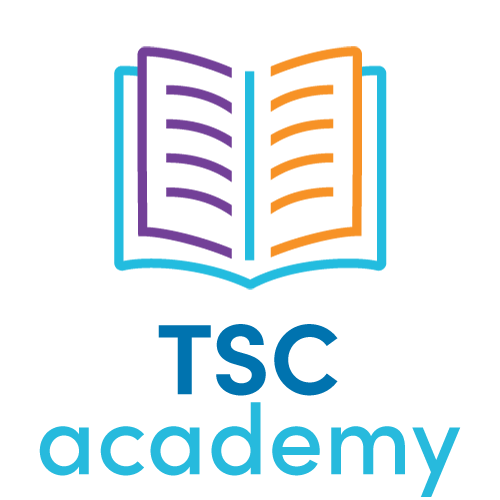In 2021, the International Tuberous Sclerosis Complex Consensus Group reviewed prevalence and specificity of TSC-associated clinical manifestations and updated the TSC diagnostic criteria published in 2013. Clinical features of TSC and genetic testing provide two ways of obtaining a diagnosis of TSC.
TSC diagnostic criteria
The clinical and genetic diagnostic criteria of 2021 are summarized below:
| MAJOR FEATURES | MINOR FEATURES |
|---|---|
| Hypomelanotic macules (≥3; at least 5mm diameter) | “Confetti” skin lesions |
| Angiofibroma (≥3) or fibrous cephalic plaque | Dental enamel pits (>3) |
| Ungual fibromas (≥2) | Intraoral fibromas (>2) |
| Shagreen patch | Retinal achromatic patch |
| Multiple retinal hamartomas | Multiple renal cysts |
| Multiple cortical tubers and/or radial migration lines | Nonrenal hamartomas |
| Subependymal nodule (≥2) | Sclerotic bone lesions |
| Subependymal giant cell astrocytoma | |
| Cardiac rhabdomyoma | |
| Lymphangioleiomyomatosis (LAM)* | |
| Angiomyolipomas (>2)* | |
| Definite TSC: 2 major features or 1 major feature with 2 minor features. Possible TSC: either 1 major feature or >2 minor features. * a combination of the 2 Major clinical features LAM and angiomyolipomas without other features does not meet criteria for a definite diagnosis. Genetic diagnosis: A pathogenic variant in TSC1 or TSC2 is diagnostic for TSC. Most TSC-causing variants are sequence variants that clearly prevent TSC1 or TSC2 protein production. Some variants compatible with protein production (e.g., some missense changes) are well established as disease-causing. Other variant types should be considered with caution. |
|






